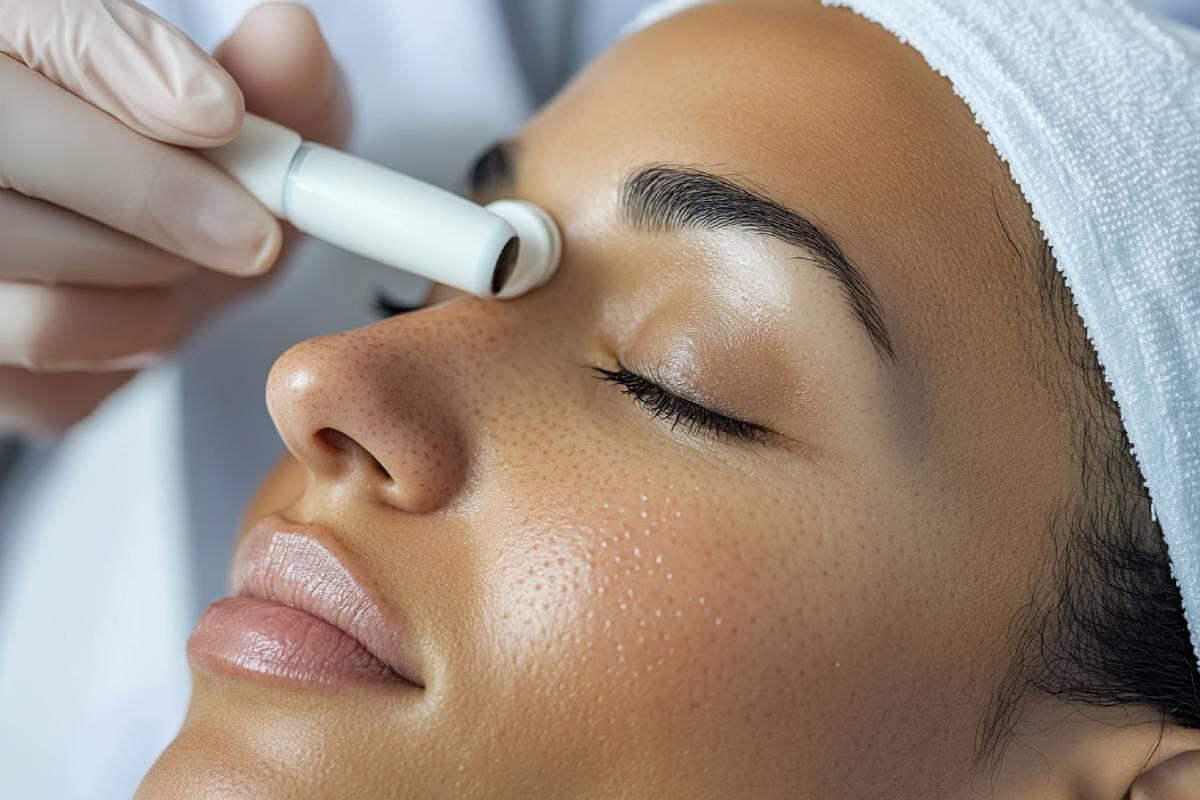Early Diagnosis of Suspicious Skin Spots: When to Take Action?
Skin spots are very common and, in most cases, harmless. However, some may pose serious health risks and should not be ignored. Knowing how to identify warning signs is essential to prevent serious conditions like skin cancer.
Early diagnosis ensures simpler and more effective treatments. In this article, you will learn how to recognize suspicious spots, when to consult a dermatologist, and the main steps to maintain healthy skin.
What Are Considered Suspicious Skin Spots?
Warning Characteristics
Pay attention to spots that show:
- Rapid changes in color, size, or shape.
- Irregular or poorly defined borders with asymmetric coloring.
- Multiple shades in the same spot, especially dark colors.
- Itching, bleeding, pain, scabbing, or wounds that do not heal.
These symptoms require immediate medical evaluation.
The ABCDE Rule for Spot Identification
A simple way to evaluate a skin spot is by using the ABCDE rule:
- A – Asymmetry: One half of the spot looks different from the other.
- B – Border: Irregular, notched, or poorly defined edges.
- C – Color: Multiple colors or very dark tones in the same spot.
- D – Diameter: Spots larger than 6 mm require attention.
- E – Evolution: Noticeable changes in size, shape, color, or symptoms.
When Should You See a Dermatologist?
Immediate Warning Signs
- Appearance of a new spot with suspicious characteristics.
- Rapid changes in existing spots.
- Family history of skin cancer or excessive sun exposure.
If you experience any of these signs, consult a dermatologist as soon as possible. Early detection can avoid complications and invasive treatments.
Important Diagnostic Exams
- Dermatoscopy: A non-invasive exam that allows detailed evaluation of skin lesions.
- Biopsy: When necessary, the removal and lab analysis of the lesion to confirm diagnosis.
- Full-Body Skin Mapping: Ideal for people with many moles or a history of long-term sun exposure.
These exams provide a safe and accurate diagnosis.
Importance of Prevention and Continuous Monitoring
Healthy Habits for Prevention
- Apply broad-spectrum sunscreen (SPF 30 or higher) every day.
- Avoid sun exposure between 10 a.m. and 4 p.m., when UV rays are strongest.
- Wear UV-protective clothing, wide-brimmed hats, and sunglasses during outdoor activities.
Regular Skin Self-Examination
- Perform a monthly skin self-check, carefully inspecting all areas of the body, including hard-to-see areas like the back, scalp, soles of the feet, and between the toes.
- Take notes of any changes and, if possible, photograph the spots to monitor their evolution.
Conclusion
Early detection of suspicious skin spots is essential to prevent serious health problems like melanoma, the most aggressive form of skin cancer. Paying attention to your body’s signals and seeking medical advice at the slightest change can make all the difference.
Taking care of your skin is a responsibility and an act of self-love. Stay vigilant and adopt preventive habits.
Have you noticed a suspicious spot or have a history of intense sun exposure?
Schedule an appointment with the dermatologists at Clinic Consultation and receive a complete and accurate diagnosis.
Ensure your skin health and avoid future complications. Contact us today!
https://www.clinicconsultation.in/
